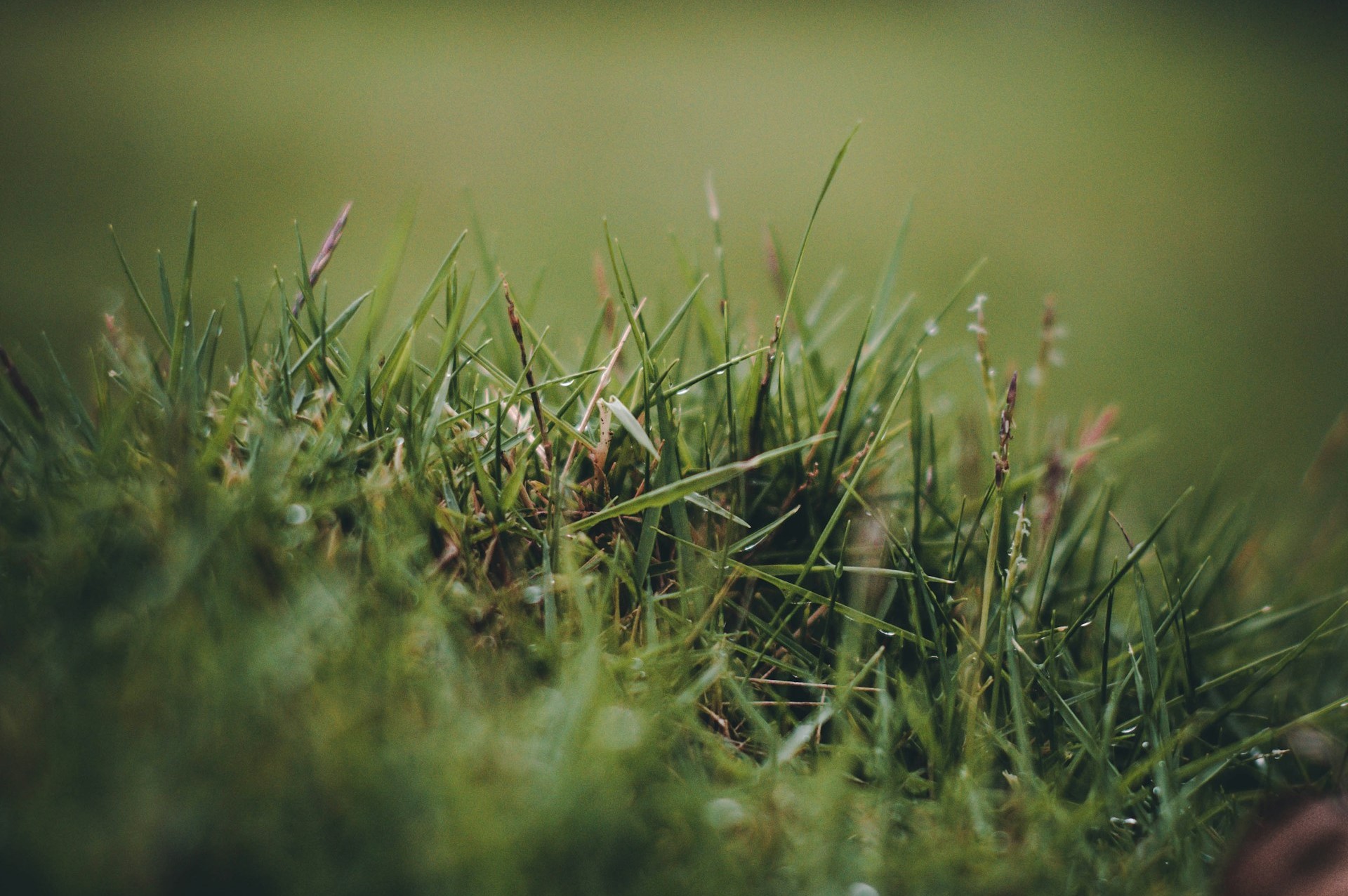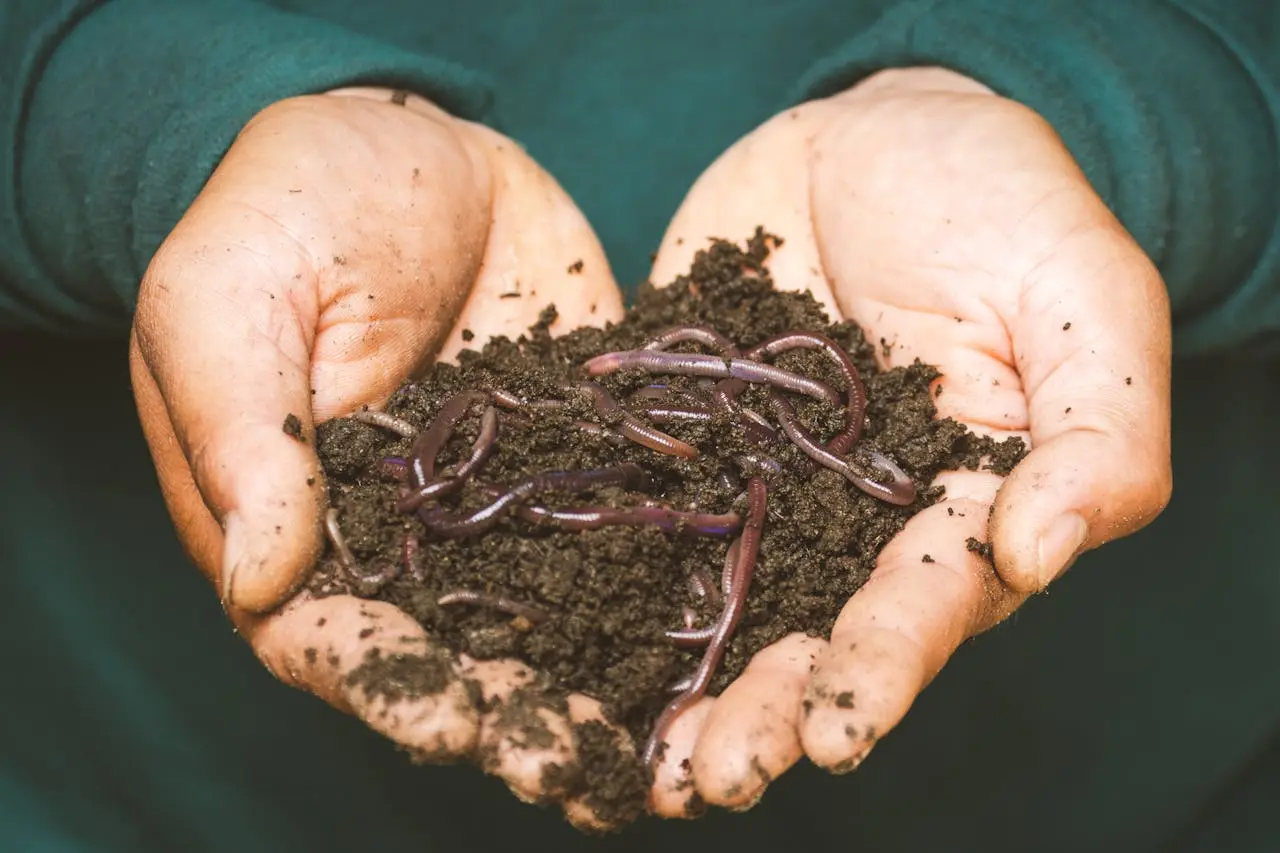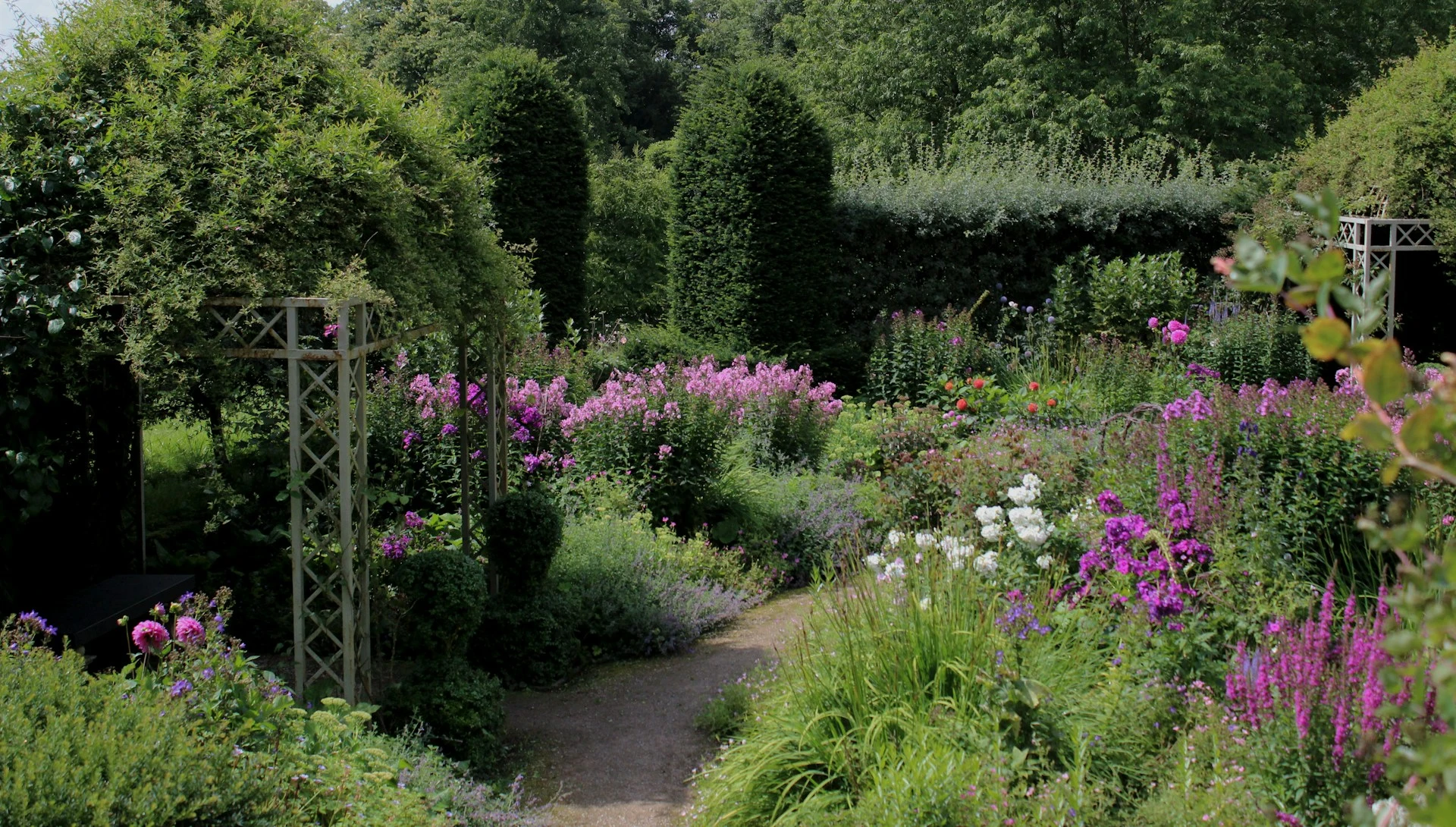In the heart of Texas, where the sun blazes down on vast landscapes and the spirit of the Lone Star State thrives in every corner, a lush green lawn is more than just a patch of land. It’s a testament to the homeowner’s dedication, a symbol of pride, and often, a centerpiece of family gatherings and barbecues. From the bustling urban sprawl of Dallas, Texas, to the historic charm of San Antonio, Texas, and the vibrant cultural hub of Grand Prairie, Texas, lawns play a pivotal role in the Texan lifestyle. However, amidst this verdant splendor, the sight of brown or yellow lawns in Texas can be disheartening. Such lawn problems, whether caused by lawn diseases, lawn insects, or issues with lawn nutrition, can disrupt the aesthetic appeal of a home and even impact its market value. But all is not lost. With the right knowledge, tools, and a touch of Texan determination, these issues can be addressed, and the lawn can be restored to its former glory. This guide delves deep into the causes, treatments, and preventive measures for brown or yellow lawns in Texas, offering both DIY lawn care tips and insights into professional lawn care solutions. Whether you’re a seasoned gardener or a newbie homeowner in Arlington, Texas, this guide aims to equip you with the knowledge to tackle and triumph over any lawn challenge that comes your way.
In this blog post, we’ll cover:
ToggleUnderstanding the Root Causes: Why Lawns Turn Brown or Yellow in Texas
In the vast expanse of Texas, where climates range from arid deserts to humid coastal regions, lawns face a myriad of challenges. To effectively address the issue of brown or yellow lawns, it’s crucial to first understand the underlying causes. Here’s a deep dive into the primary culprits:
- Lawn Diseases: The warm and humid conditions, especially prevalent in cities like Houston, Texas, create a conducive environment for various lawn diseases. Two of the most notorious culprits are brown patch disease and dollar spot disease. These fungal infections thrive in moisture-laden environments, leading to unsightly patches that can spread rapidly if left untreated.
- Lawn Insects: Beneath the surface of your lawn, a battle might be raging. Lawn insects, particularly chinch bugs and lawn grubs, can wreak havoc on popular Texas grasses like Bermuda grass and St. Augustine grass. These pests feed on the roots, depriving the grass of essential nutrients and leading to large brown or yellow patches.
- Lawn Nutrition: Just like any living organism, grass requires a balanced diet to thrive. Issues with lawn nutrition, such as iron chlorosis and nitrogen deficiency, can lead to a yellowing of the grass blades. Often, the soil in areas like Dallas, Texas, might lack essential nutrients, necessitating intervention in the form of fertilizers.
- Watering Woes: Water is life, but in the context of lawn care, both its excess and deficiency can be problematic. Overwatering can lead to root rot and exacerbate fungal diseases, while underwatering, especially in the scorching heat of Austin, Texas, can stress the grass, leading to browning.
- Grass Type Mismatch: Texas is home to a variety of grasses, from Zoysia grass to Centipede grass. However, not every grass type is suited for all regions of Texas. Planting a grass ill-suited for the local climate can result in an unhealthy lawn.
- External Factors: Other factors, such as heavy foot traffic, pet damage, or even the use of certain chemicals, can contribute to lawn discoloration. Additionally, regions like San Antonio, Texas, with its unique blend of urban and natural environments, might expose lawns to unique challenges like pollution or shade from tall buildings.
By pinpointing the exact cause of the brown or yellow discoloration, homeowners can tailor their lawn care strategies more effectively, ensuring a vibrant and healthy lawn that’s the envy of the neighborhood.
Causes, Signs, and Treatments for Lawn Discoloration in Texas
| Cause | Common Signs | Suggested Treatments |
|---|---|---|
| Lawn Diseases | Unsightly patches, discoloration | Fungicides, proper watering, avoid over-fertilization |
| Lawn Insects | Thinning grass, visible pests, irregular patches | Integrated Pest Management (IPM), natural predators, insecticides |
| Lawn Nutrition | Yellowing blades, slow growth | Soil test, tailored fertilization |
| Watering Woes | Overly damp or dry soil, weak roots | Adjust watering schedules, invest in irrigation systems |
| Grass Type Mismatch | Poor growth, frequent stress | Grass selection and replacement suitable for Texas climate |
| External Factors | Patchy growth, discoloration from chemicals | Manage foot traffic, pet care, and chemical use |

The Road to Recovery: Effective Treatments for Brown or Yellow Lawns in Texas
Once the root causes of lawn discoloration are identified, the next step is to embark on a journey of restoration. Texas, with its vast resources and innovative lawn care solutions, offers a plethora of treatments tailored to address specific issues. Here’s a comprehensive breakdown of the treatments available:
- Soil Testing: Before any intervention, it’s wise to start with a soil test. This will provide insights into the lawn’s nutritional profile, helping homeowners in places like Dallas, Texas, choose the right fertilizer and treatment plan.
- Tailored Fertilization: Based on soil test results, apply the appropriate fertilizer to replenish missing nutrients. For instance, if iron chlorosis is diagnosed, an iron-rich fertilizer can be the solution. Similarly, nitrogen-rich fertilizers can address nitrogen deficiency.
- Integrated Pest Management: For lawns plagued by chinch bugs or lawn grubs, an integrated pest management approach can be beneficial. This involves a combination of natural predators, organic treatments, and, if necessary, chemical insecticides to control and eliminate the pests.
- Adequate Watering: Adjusting watering schedules based on the specific needs of the region, be it humid Houston, Texas, or arid Austin, Texas, can make a significant difference. Investing in lawn irrigation systems can ensure consistent and adequate watering.
- Aeration and Dethatching: Over time, soil can become compacted, and a layer of thatch can build up on the lawn’s surface. Aeration, which involves creating small holes in the soil, and dethatching, which removes the layer of dead grass, can rejuvenate the lawn, allowing water, air, and nutrients to penetrate more effectively.
- Disease Control: For lawns affected by brown patch disease or dollar spot disease, fungicides can be a viable solution. However, it’s essential to choose products that are environmentally friendly and safe for the surrounding ecosystem.
- Grass Selection and Replacement: If the issue stems from planting a grass type unsuitable for the region, consider replacing it. Grasses like Zoysia grass or Centipede grass might be more resilient in certain Texas climates.
- Professional Intervention: Sometimes, the best course of action is to seek expert help. Professional lawn care companies in Texas offer specialized treatments, from lawn renovation to lawn maintenance. They can provide insights into the best lawn care products for brown or yellow lawns and implement solutions tailored to specific lawn problems.
- Educate and Adapt: Stay updated with lawn care tips and adapt to changing conditions. Whether it’s a sudden weather change in San Antonio, Texas, or a new lawn disease outbreak, being informed allows for timely interventions.
With the right treatments in place, even the most distressed lawns can bounce back, showcasing the resilience and beauty that Texas lawns are renowned for.
Proactive Measures: Preventing Brown or Yellow Lawns in the Future
While treatments are essential for restoring a lawn’s health, prevention is the key to long-term lawn care success. By adopting proactive measures, homeowners in Texas can ensure their lawns remain vibrant and healthy throughout the year. Here’s a guide to preventive strategies tailored for the unique challenges of Texas lawns:
- Lawn Care Calendar: Establishing a lawn care calendar specific to your region, whether it’s coastal Houston, Texas, or the central plains of Austin, Texas, can be invaluable. This calendar should outline when to fertilize, water, aerate, and perform other essential lawn care tasks.
- Regular Monitoring: Periodically inspect your lawn for early signs of lawn problems. This includes checking for the presence of lawn insects, early symptoms of lawn diseases, and any unusual changes in the grass’s appearance or texture.
- Choose Grass Wisely: Research and select grass types that are best suited for your specific Texas region. For instance, Bermuda grass might thrive in the warmer parts of Texas, while St. Augustine grass might be better suited for shadier areas.
- Optimal Watering Practices: Invest in a good-quality lawn irrigation system and calibrate it to provide the right amount of water based on seasonal needs. Overwatering can be just as detrimental as underwatering.
- Natural Pest Control: Introduce natural predators, such as ladybugs or nematodes, to keep lawn insect populations in check. These natural methods can reduce the need for chemical insecticides.
- Soil Enrichment: Regularly add organic matter, like compost or manure, to the soil. This not only improves soil texture but also enhances its nutrient content, promoting healthy grass growth.
- Stay Informed: Attend local lawn care workshops or join gardening clubs in cities like Dallas, Texas, or San Antonio, Texas. These platforms can provide updated information on emerging lawn diseases, new treatment methods, and general lawn care tips.
- Limit Foot Traffic: Designate pathways or stepping stones in areas of the lawn that receive high foot traffic. This can prevent soil compaction and grass damage.
- Professional Check-ups: Just as we go for regular health check-ups, consider having a professional evaluate your lawn’s health annually. They can provide insights into potential issues and recommend preventive measures.
- Educate the Household: Ensure all family members are aware of basic lawn care practices. Simple actions, like not leaving toys on the grass for extended periods or ensuring pets don’t damage certain areas, can go a long way in maintaining lawn health.
By adopting these preventive measures and staying vigilant, homeowners in Texas can not only address current lawn problems but also prevent future issues, ensuring their lawns remain a source of pride and joy for years to come.
Seasonal Lawn Care Calendar for Texas
| Season | Lawn Care Tasks |
|---|---|
| Spring | Aeration, fertilization, start regular mowing routine |
| Summer | Watering, pest monitoring, mid-summer fertilization |
| Fall | Overseeding, aeration, reduce mowing frequency |
| Winter | Winter fertilizer application, minimal watering |
Expert Tips and Tricks: Elevating Your Lawn Care Game in Texas
For those Texans who aspire to have the greenest lawn on the block, diving deeper into the nuances of lawn care can make all the difference. Here are some expert tips and tricks to help you elevate your lawn care game:
- Understand Your Soil: Texas is vast, and its soil can vary dramatically from one region to another. From the clayey soils of Dallas, Texas, to the sandy soils of Houston, Texas, understanding your specific soil type can guide your lawn care decisions.
- Mowing Matters: Always ensure your mower blades are sharp. Dull blades can tear the grass, leading to a ragged edge that can turn brown. Also, avoid mowing the grass too short, as this can stress it, especially during the hot Texas summers.
- Embrace Organic: Consider using organic fertilizers and pest control methods. They’re not only environmentally friendly but can also promote a healthier soil ecosystem, benefiting your lawn in the long run.
- Watering Wisdom: Water your lawn during the early morning hours. This reduces water loss due to evaporation and also prevents prolonged moisture on the grass blades, which can encourage fungal diseases.
- Stay Local: Opt for local lawn care products and services. Companies based in Texas are likely more attuned to the specific challenges and needs of Texas lawns.
- Diversify Your Lawn: Consider introducing a mix of grass types. While Bermuda grass might be the primary grass, having patches of St. Augustine grass or Zoysia grass can create a more resilient lawn.
- Seek Community Insights: Join local gardening or lawn care groups, whether online or offline. Fellow Texans can offer invaluable insights, share their experiences, and even recommend the best lawn care companies in Texas.
- Seasonal Adjustments: Adjust your lawn care routine based on the season. For instance, during the cooler months in San Antonio, Texas, you might need to water less frequently than in the peak of summer.
- Invest in Technology: Modern lawn care tools, like smart irrigation systems that adjust based on weather forecasts, can optimize water usage and ensure your lawn gets just the right amount.
- Continuous Learning: The world of lawn care is ever-evolving. Stay updated with the latest research, trends, and techniques. Whether it’s a new method to combat brown patch disease or a breakthrough in organic fertilization, being in the know can give your lawn an edge.
By integrating these expert tips into your lawn care routine, you’ll not only address the challenges of brown or yellow lawns but also set the stage for a lush, vibrant, and healthy lawn that stands out in the Texas landscape.
FAQ: Addressing Common Concerns About Brown or Yellow Lawns in Texas
What are the common causes of yellow or brown lawns in Texas?
- Drought stress, inadequate watering, heat stress, pest infestations, and soil issues are common culprits behind discolored lawns in Texas.
How can I address drought stress affecting my lawn?
- Regular watering is crucial to combat drought stress. It’s advised to have a regular watering schedule or consider installing an irrigation system to ensure your lawn receives enough water to thrive.
How can heat stress be alleviated to restore lawn color?
- Heat stress can be alleviated by providing your lawn with at least 1 to 1.25 inches of water. This hydration helps in rectifying the lack of soil dampness caused by heat stress, subsequently aiding in restoring your lawn’s color.
What pest infestations are common in Texas lawns, and how do they contribute to lawn discoloration?
- Pest infestations such as lawn grubs and billbugs are common in Texas lawns. They eat at the roots and stems of the grass, causing large brown/yellow areas amidst small patches of green grass, leading to lawn discoloration.
What soil solutions can help in fixing a yellow lawn?
- Amending the soil with compost can help rectify problems like poor drainage and incorrect pH levels. Furthermore, applying a good fertilizer product can replace missing nutrients such as nitrogen in the soil, aiding in repairing a yellow lawn.
What investments are necessary to maintain a healthy, green lawn in Texas?
- Maintaining a green lawn in Texas often requires investments in regular watering, pest control, and potentially soil amendments. It may also necessitate the hard work of adhering to a lawn care routine to prevent common issues like disease infestations and uneven grass growth.
Conclusion: Embracing the Journey of Lawn Care in Texas
In the vast and diverse state of Texas, where the landscapes are as varied as its people, maintaining a pristine lawn is both a challenge and a rewarding journey. From the bustling streets of Dallas to the serene sunsets of San Antonio, every patch of green tells a story of dedication, care, and the relentless Texan spirit.
Brown or yellow lawns in Texas, while disheartening at first glance, are not the end of the road. They are merely challenges waiting to be overcome. With the right knowledge, tools, and a touch of patience, these issues can be addressed, turning distressed patches into vibrant expanses of green.
As we’ve journeyed through the causes, treatments, preventive measures, expert tips, and more, one thing becomes clear: lawn care is not a one-time task but an ongoing commitment. It’s about understanding the unique needs of your lawn, adapting to the ever-changing Texas climate, and continuously seeking to improve.
Whether you’re a seasoned gardener with years of experience or a new homeowner taking your first steps into the world of lawn care, remember that every lawn has its challenges. But with determination, continuous learning, and a bit of Texan grit, a lush, green, and healthy lawn is well within reach.
So, the next time you step out onto your lawn in Arlington, Grand Prairie, or any corner of Texas, take a moment to appreciate the beauty, the challenges, and the journey of lawn care. After all, it’s not just about the destination but the journey itself. Embrace it, enjoy it, and let your lawn be a testament to your dedication and love for the Texan landscape. Book your free lawn care quote here!







